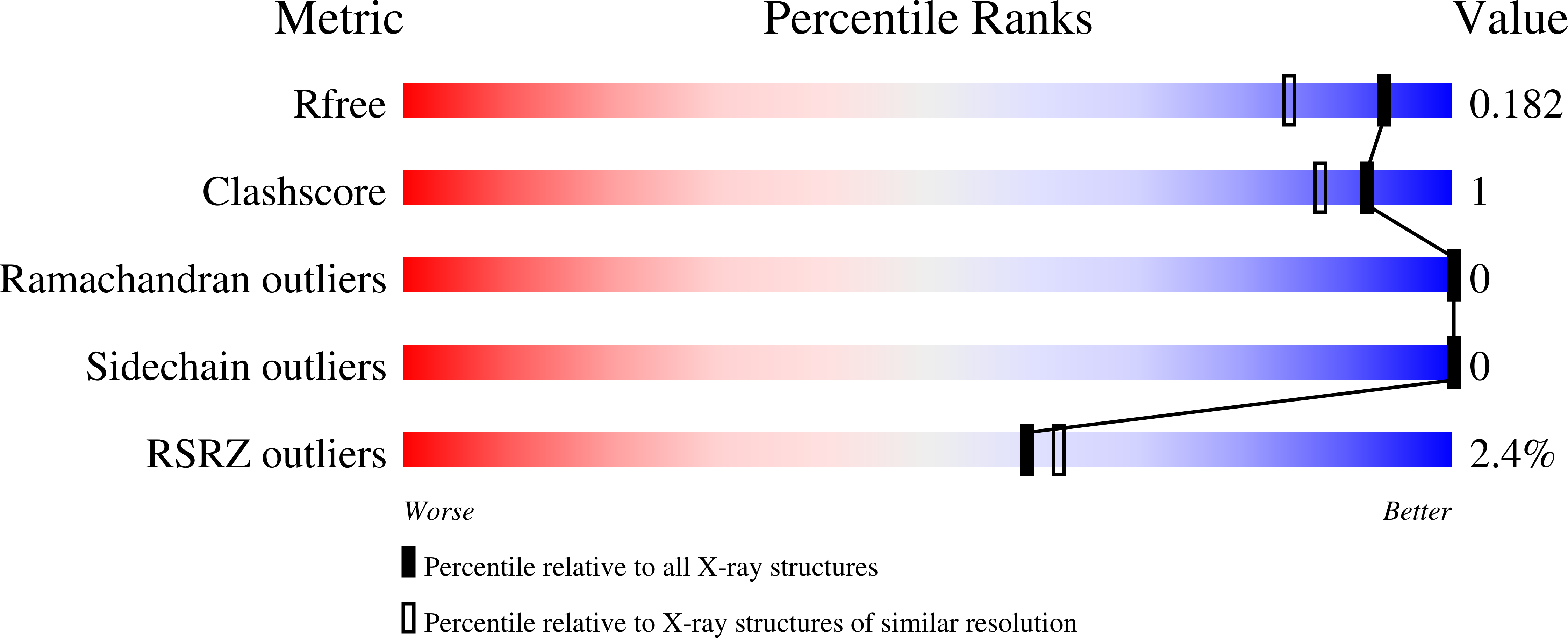
Deposition Date
2025-07-21
Release Date
2025-11-12
Last Version Date
2025-11-12
Entry Detail
PDB ID:
9S20
Keywords:
Title:
Crystal structure of human SIRT2 in complex with SirReal-triazole inhibitor SH10
Biological Source:
Source Organism:
Homo sapiens (Taxon ID: 9606)
Host Organism:
Method Details:
Experimental Method:
Resolution:
1.50 Å
R-Value Free:
0.18
R-Value Work:
0.15
R-Value Observed:
0.16
Space Group:
P 1 21 1


